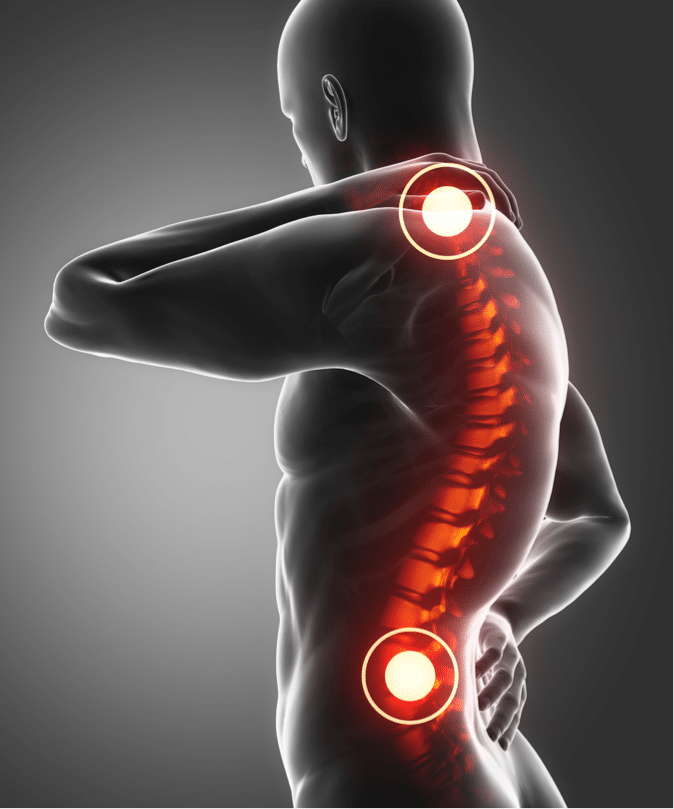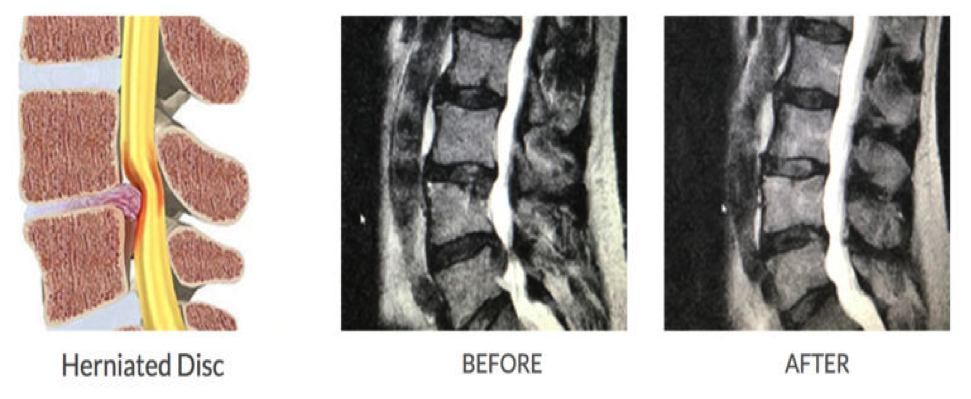Spinal Stenosis
If you are constantly experiencing pain in your lower back and neck, you may be suffering from spinal stenosis. Spinal stenosis occurs when the spine narrows and applies pressure to the nerves that travel throughout your spine. This condition is often caused by wear and tear and is commonly alleviated with surgery.
When people are officially diagnosed with a spinal injury, their immediate thoughts turn to surgery. In the past, this was the only option. If you injured your spine in some way, it had to be operated on in order to help your pain levels. This is no longer the case. At West Texas Neck and Back, we provide non-surgical relief for spinal stenosis. Our spinal decompression therapy targets the root cause of your spinal stenosis and alleviates symptoms.

Symptoms of Spinal Stenosis
Depending on the type of spinal stenosis, there are various locations a patient can experience symptoms. These areas include the neck and lower back. Typically, a patient with cervical stenosis (narrowing of the spine in the neck) a patient can experience:
- Numbness, tingling, or weakness in the hands, arms, foot, or legs
- Balance issues or problems walking
- Pain in the neck
- Bowel or bladder dysfunction
Lumbar stenosis is the most common type of spinal stenosis. In patients with lumbar stenosis (a narrowing of the spine in the lower back), they can experience:
- Numbness, tingling, and weakness in the foot or leg
- Pain and/or cramping in legs when walking or standing for long periods
- Back pain
The most common cause of spinal stenosis is age. However, a number of other conditions can cause spinal stenosis. It is important to see a medical professional if you begin to develop the above symptoms, as one of our experts will be able to assess your condition for the underlying causes of your condition.
A Disc Herniation Can Cause Spinal Stenosis
Your spine is made up of bones, but in order to provide your back with a range of movement, the bones have discs in between each bone to allow some degree of flexibility, allowing you to bend and move your back around. These discs are normally sealed within an exterior casing, but wear and tear can cause this casing to wear down, making a rupture in the casing more likely. When this happens, your disc may slip out, which can irritate the nerves in your spinal cord. This causes the spinal space to narrow, resulting in spinal stenosis.
Depending on the location of the slipped disc, this may affect your thighs (a slip in your lower back) or your shoulders (a slipped disc higher up in your back). No matter the cause or the location, this can cause numbness, tingling, or weakness in the affected areas where the nerves have been disrupted by the stress exerted by the herniated disc.
Age-related wear and tear may be one of the most common causes, but this doesn’t mean a herniated disc can’t be prevented. The best way to do so is by taking part in exercises that strengthen your back muscles to help support your spine. Maintaining good posture also relieves the stress from your spine as well. Treating your spine well by taking as much pressure off it as possible will go a long way to preventing a herniated disc from occurring in the first place.

Find Relief With Non-Surgical Spinal Decompression
With properly utilized Non-Surgical Spinal Decompression Therapy, a patient with a bulging or herniated disc, disc degeneration, sciatica from a damaged disc or spinal stenosis can see a very high rate of success because the treatment is actually focused on stabilizing and healing the disc. Spinal decompression gently pulls your abdomen and torso, safely and effectively relieving pressure on the spine. This heals your condition and alleviates your pain, all while remaining completely non-invasive.
